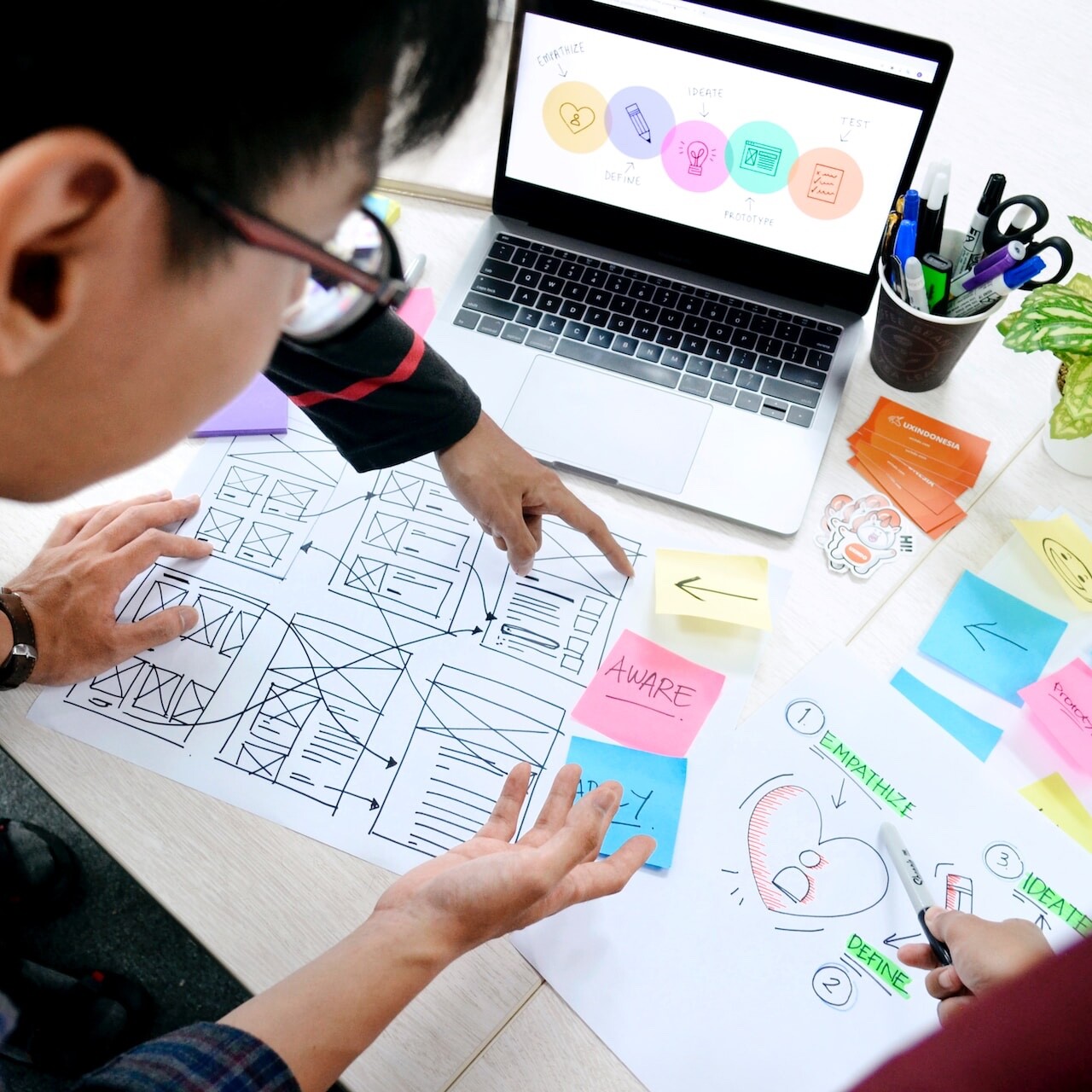- Home
- Experience
- User-Centric Design: How UX Design Empowers Users and Transforms Digital Experiences
User-Centric Design: How UX Design Empowers Users and Transforms Digital Experiences
User-centric design, also known as human-centered design, is an approach to UX design that puts users at the forefront of the design process. By focusing on understanding and addressing users’ needs, desires, and pain points, UX designers can create digital experiences that truly resonate with their audience. In this article, we will explore the importance of user-centric design in empowering users and transforming digital experiences.

The Principles of User-Centric Design
1. Empathy:
Empathy is the foundation of user-centric design, as it involves understanding and sharing the feelings of users. By empathizing with users, UX designers can gain valuable insights into their needs, desires, and pain points, enabling them to create solutions that address these issues and foster a sense of connection and trust.
2. Inclusivity:
User-centric design aims to create digital experiences that are accessible and enjoyable for a wide range of users, regardless of their abilities, age, or background. By adopting an inclusive approach to design, UX designers can ensure that their creations cater to diverse user needs and promote a more equitable digital landscape.
3. Flexibility:
User-centric design recognizes that users have different preferences, needs, and limitations. By incorporating flexibility into the design process, UX designers can create customizable experiences that adapt to individual user requirements, ensuring that digital products and services are truly user-friendly and effective.
4. Continuous Feedback and Iteration:
User-centric design is an ongoing process that involves continuously gathering user feedback and refining the design based on this input. By embracing an iterative approach to design, UX designers can ensure that their creations evolve to meet the ever-changing needs and expectations of users, ultimately driving long-term success for digital products and services.
User-Centric Design in Action— Putting Principles into Practice
In order to truly appreciate the power of user-centric design, it is essential to see how these principles come to life during the design process. In this section, we will delve into the various stages of implementing user-centric design, from research and discovery to implementation and evaluation. By understanding how each step contributes to a user-focused digital experience, we can better appreciate the value and impact of this human-centered approach to UX design.
Research and Discovery
The first step in creating user-centric designs is to conduct thorough research to understand users’ needs, desires, and pain points. This may involve techniques such as user interviews, surveys, or usability testing. By gathering and analyzing user data, UX designers can identify patterns and trends that inform their design decisions and ensure that their creations truly cater to users’ needs.
Ideation and Prototyping
With a deep understanding of users’ needs and desires, UX designers can begin to generate ideas and develop prototypes that address these issues. Prototyping allows designers to quickly test their ideas and gather user feedback, ensuring that their solutions effectively meet users’ needs and expectations.
Validation and Refinement
Once a prototype has been developed, UX designers must validate their design by conducting usability testing with real users. This process allows designers to identify any issues or areas for improvement and refine their design accordingly, ensuring that the final product provides a seamless and enjoyable user experience.
Implementation and Evaluation
After refining the design based on user feedback, UX designers can collaborate with developers to implement their solutions and launch the final product. By continuously monitoring user feedback and analyzing performance metrics, designers can identify any potential issues or areas for improvement, ensuring that their creations continue to meet users’ needs and expectations over time.
Collaboration and Communication
User-centric design requires effective collaboration and communication between designers, developers, and other stakeholders. By fostering open communication channels and adopting a collaborative mindset, UX designers can ensure that their creations are informed by diverse perspectives and expertise, ultimately leading to more effective and user-friendly solutions.
Educating and Advocating for Users
As part of their commitment to user-centric design, UX designers should also take on the role of user advocates within their organizations. This involves educating stakeholders about the importance of user-centered design principles and advocating for users’ needs and desires throughout the development process. By championing the cause of user-centric design, UX designers can help create a culture that prioritizes users and ensures that their creations genuinely cater to users’ needs and expectations.
The Impact of User-Centric Design
Embracing user-centric design principles not only leads to more effective and engaging digital experiences but also provides tangible benefits for businesses and organizations. In this section, we will explore the numerous positive outcomes that arise from adopting a user-focused approach in UX design. By examining the impact of user-centric design on user satisfaction, accessibility, brand perception, and return on investment, we can truly appreciate its transformative potential in today’s digital landscape.
Increased User Satisfaction
By focusing on users’ needs and desires, user-centric design leads to digital experiences that are more satisfying and enjoyable for users. This increased satisfaction can translate into greater user engagement, loyalty, and positive word-of-mouth, ultimately contributing to the long-term success of digital products and services.
Improved Accessibility
User-centric design promotes inclusivity and accessibility, ensuring that digital experiences cater to a wide range of users, regardless of their abilities, age, or background. By creating accessible and inclusive digital products and services, UX designers can reach a broader audience and promote a more equitable digital landscape.
Enhanced Brand Perception
By prioritizing users and creating digital experiences that resonate with their audience, UX designers can contribute to a positive brand perception. User-centric design can help establish a brand as trustworthy, reliable, and user-friendly, leading to increased brand loyalty and long-term success.
Increased ROI
Investing in user-centric design can lead to significant returns on investment (ROI) for businesses and organizations. By creating digital experiences that meet users’ needs and desires, UX designers can drive user engagement, increase conversions, and reduce user churn, all of which contribute to a higher ROI for digital products and services.
In conclusion, user-centric design is an essential approach to UX design that empowers users and transforms digital experiences. By adopting a user-centric mindset and focusing on empathy, inclusivity, flexibility, and continuous feedback and iteration, UX designers can create digital products and services that truly meet the needs and expectations of their users. By embracing user-centric design principles and placing users at the heart of the design process, designers can ensure the long-term success of their digital creations in an increasingly competitive and rapidly evolving digital landscape.
Next Item
Design Language in Branding



